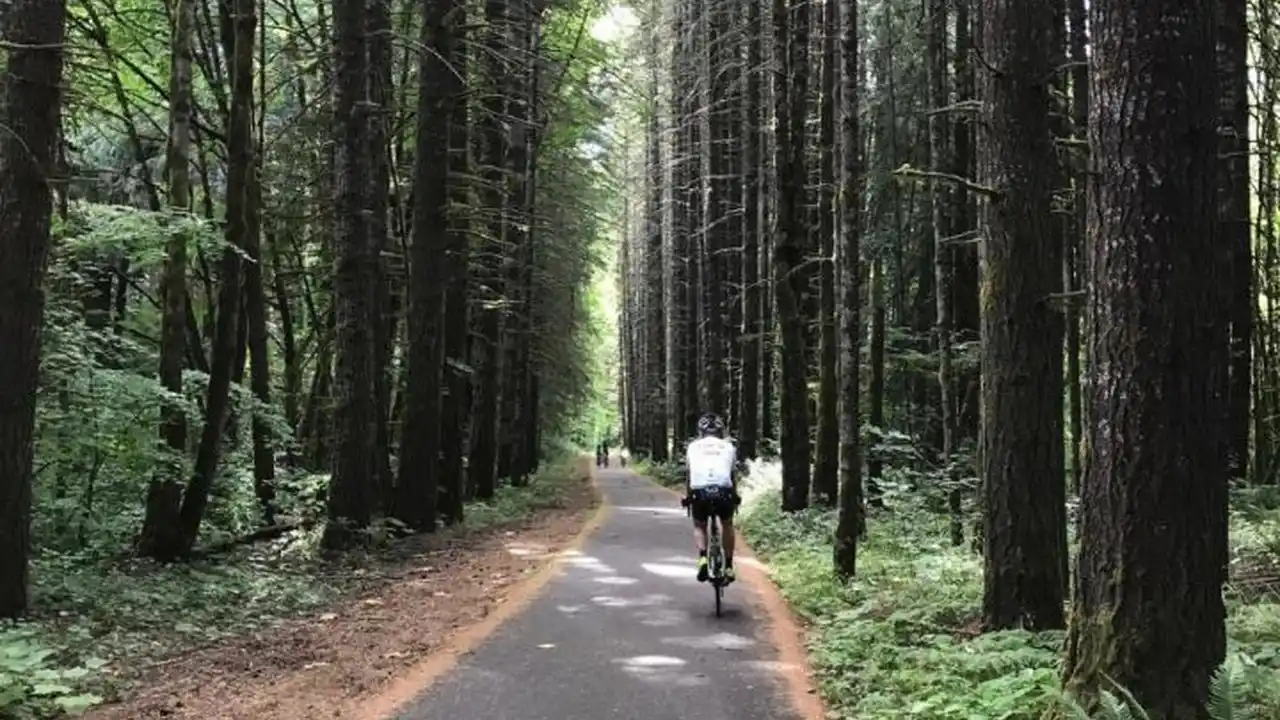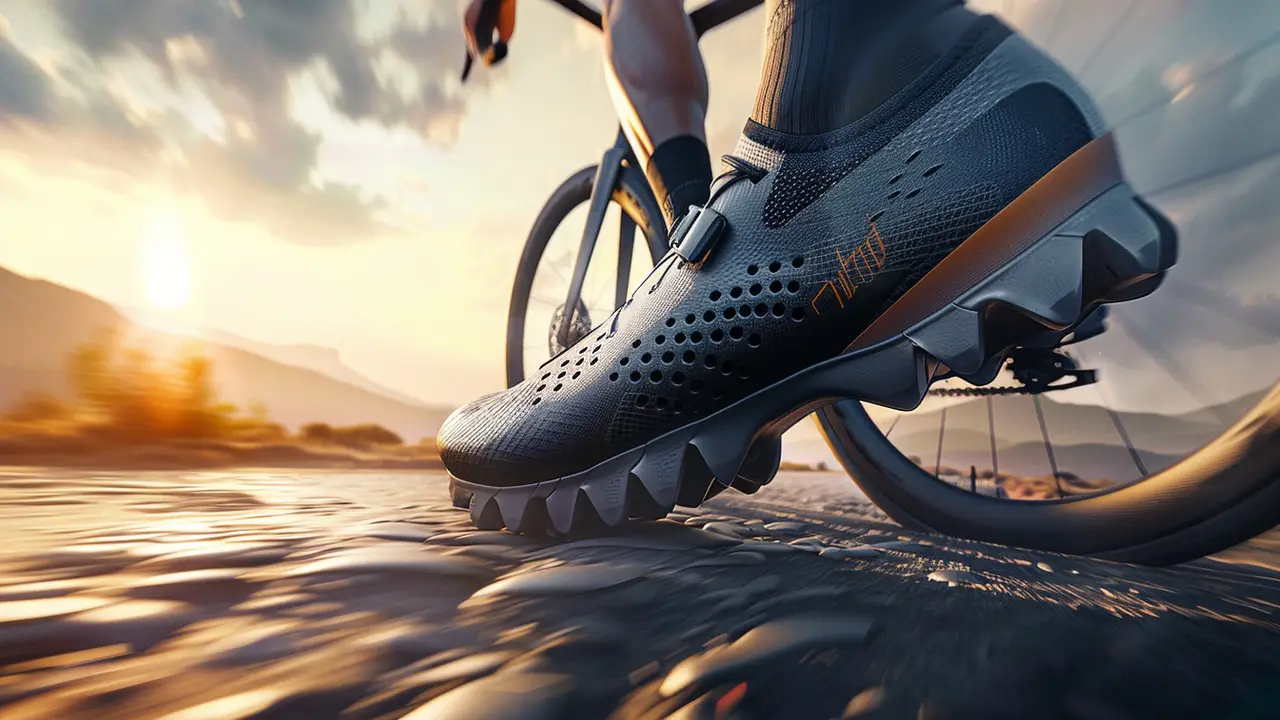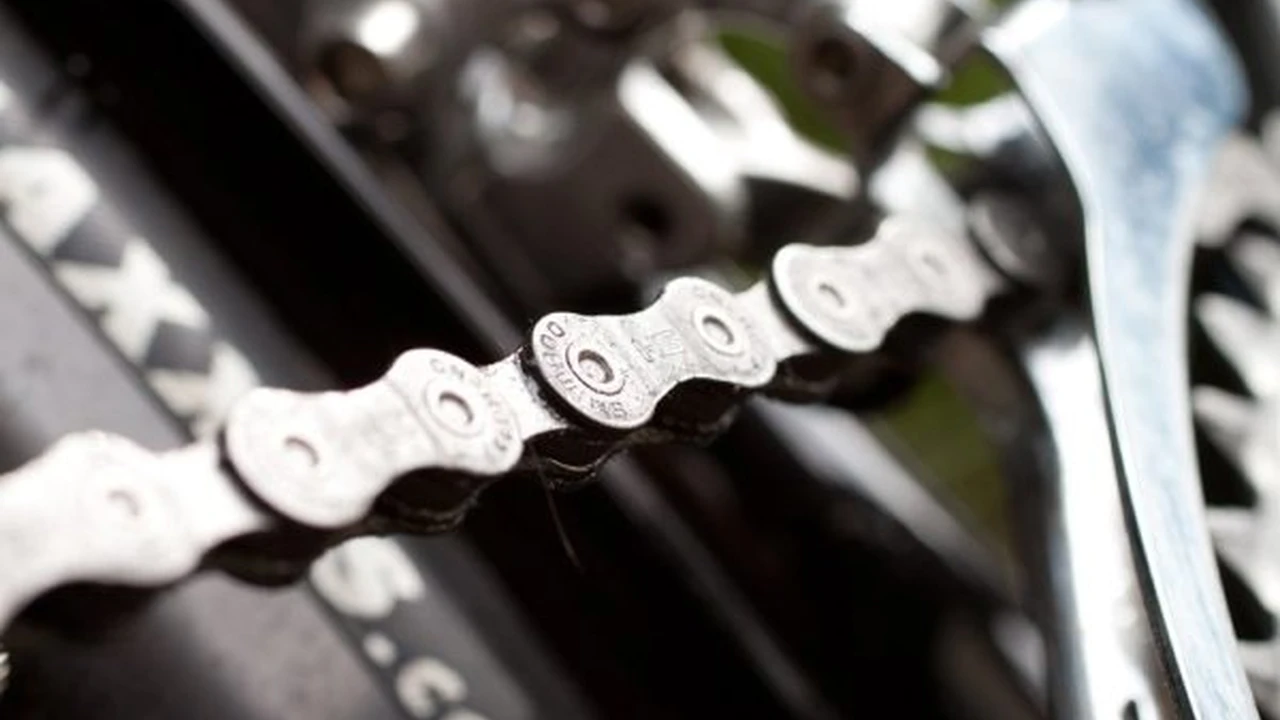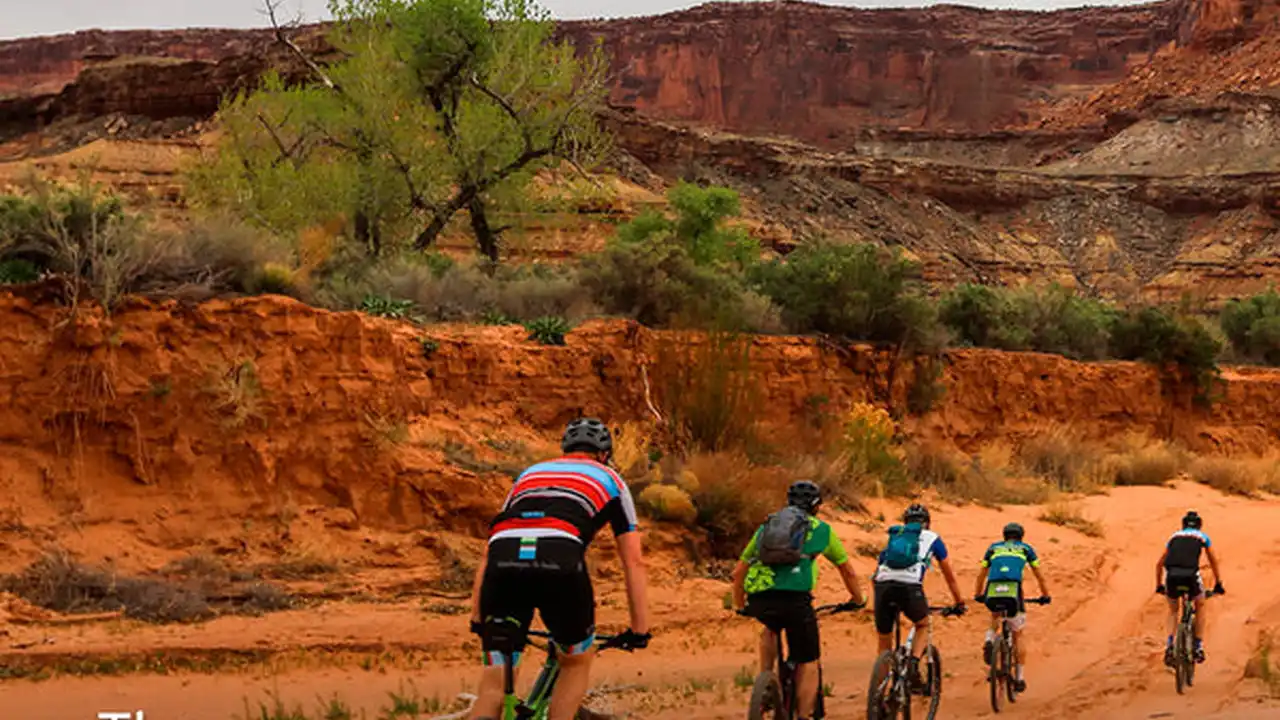5 First Aid Essentials for West Coast Cycling Trips
Alright, here's the content for the 7th article in the 'West Coast Cycling Safety & Maintenance Tips' category, adhering to all your specifications:The West Coast offers some of the most breathtaking cycling routes imaginable. But with stunning scenery comes potential hazards. Being prepared with the right first aid knowledge and supplies can make the difference between a minor inconvenience and a serious emergency. This article covers essential first aid items for your West Coast cycling adventures, providing product recommendations, usage scenarios, and comparisons to help you make informed decisions.
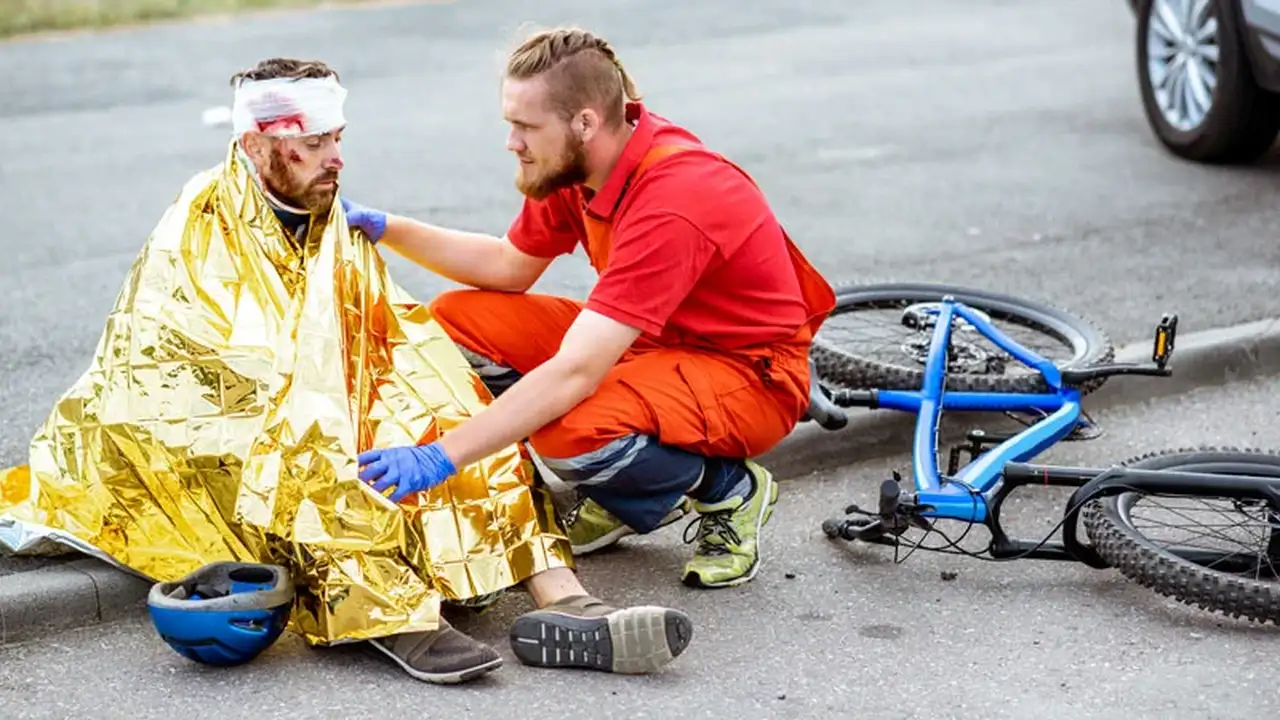
Cycling along the West Coast, whether it's cruising the Pacific Coast Highway or tackling mountain trails, demands a certain level of preparedness. While the views are incredible, unexpected injuries can happen. Having a well-stocked first aid kit isn't just a good idea; it's crucial for a safe and enjoyable ride.
Understanding Your First Aid Needs for West Coast Cycling: Terrain & Risks
Before diving into specific products, let's consider the unique challenges of cycling on the West Coast. Coastal rides expose you to sun, wind, and potential road rash. Mountain biking adds the risk of falls, scrapes, and encounters with wildlife. Understanding these risks is the first step in building your ideal kit. For example, a coastal cyclist might prioritize sunscreen and blister treatment, while a mountain biker needs more robust wound care and tools for dealing with minor trauma.
Essential Item 1: Wound Cleaning & Dressing - Preventing Infection on the Road
Road rash, cuts, and scrapes are common cycling injuries. Proper wound care is vital to prevent infection. Here's what you need:
- Antiseptic Wipes: Individually wrapped wipes are convenient and effective. Look for benzalkonium chloride or alcohol-based wipes. Product Recommendation: Bactine Max Advanced Healing + Pain Reliever Cleansing Wipes (approx. $8 for a box of 20). These contain lidocaine for pain relief. Usage Scenario: Clean a wound immediately after a fall. Comparison: Alcohol wipes are more effective at killing germs but can sting more. Benzalkonium chloride wipes are gentler but may not be as potent.
- Sterile Gauze Pads: Non-stick gauze pads are essential for covering wounds. Product Recommendation: CURAD Non-Stick Pads (approx. $5 for a box of 10). Usage Scenario: Cover a cleaned wound to protect it from dirt and debris. Comparison: Non-stick pads prevent the gauze from adhering to the wound, making removal less painful. Standard gauze can be used but requires more careful removal.
- Medical Tape: To secure gauze pads. Product Recommendation: Nexcare Gentle Paper Tape (approx. $4 per roll). Usage Scenario: Secure a gauze pad to an elbow or knee. Comparison: Paper tape is gentler on the skin than cloth tape, making it a better choice for cyclists who may need to reapply dressings frequently.
- Antibiotic Ointment: To prevent infection. Product Recommendation: Neosporin Original Ointment (approx. $6 for a 1 oz tube). Usage Scenario: Apply a thin layer to a cleaned wound before applying a bandage. Comparison: Bacitracin is another option, but some people are allergic to it. Neosporin is generally well-tolerated.
Essential Item 2: Pain Relief - Managing Aches & Injuries During Your Ride
Cycling can lead to muscle soreness, headaches, or pain from minor injuries. Having pain relief options is important.
- Ibuprofen or Acetaminophen: For muscle aches and pain. Product Recommendation: Advil (Ibuprofen) or Tylenol (Acetaminophen) (approx. $8 for a bottle of 100). Usage Scenario: Take as directed for muscle soreness or headache. Comparison: Ibuprofen is an anti-inflammatory, while acetaminophen is primarily a pain reliever. Consult your doctor about which is best for you.
- Topical Pain Relief Cream: For localized muscle pain. Product Recommendation: Biofreeze Pain Relief Gel (approx. $12 for a 4 oz tube). Usage Scenario: Apply to sore muscles after a long ride. Comparison: Other options include icy hot and similar cooling/heating creams. Biofreeze tends to be less messy.
Essential Item 3: Blister Treatment - Preventing Discomfort & Continued Cycling
Blisters are a cyclist's nemesis. Proper blister treatment can prevent discomfort and keep you on the road.
- Moleskin: To protect blister-prone areas. Product Recommendation: Dr. Scholl's Moleskin Plus Padding (approx. $7 for a roll). Usage Scenario: Apply to areas where your shoes rub against your feet. Comparison: Gel pads are another option, but moleskin is more versatile and can be cut to size.
- Blister Bandages: To cushion and protect existing blisters. Product Recommendation: Band-Aid Advanced Healing Blister Cushions (approx. $10 for a box of 10). Usage Scenario: Apply to a blister to reduce friction and promote healing. Comparison: Hydrocolloid bandages are another option, but blister cushions are often more comfortable and stay in place better.
Essential Item 4: Sun Protection - Shielding Yourself from the West Coast Sun
The West Coast sun can be intense, even on cloudy days. Sun protection is crucial to prevent sunburn and long-term skin damage.
- Sunscreen: Broad-spectrum SPF 30 or higher. Product Recommendation: Neutrogena Ultra Sheer Dry-Touch Sunscreen SPF 55 (approx. $10 for a 3 oz tube). Usage Scenario: Apply liberally to exposed skin 15 minutes before riding. Reapply every two hours, especially after sweating. Comparison: Look for water-resistant and sweat-resistant formulas. Mineral sunscreens (zinc oxide or titanium dioxide) are a good option for sensitive skin.
- Lip Balm with SPF: To protect your lips from the sun. Product Recommendation: Aquaphor Lip Repair with SPF 30 (approx. $4 per tube). Usage Scenario: Apply frequently throughout your ride. Comparison: Choose a lip balm with a high SPF and reapply often.
Essential Item 5: Hydration & Electrolytes - Maintaining Performance & Preventing Dehydration
Dehydration can significantly impact your cycling performance. Staying hydrated and replenishing electrolytes is essential.
- Electrolyte Tablets or Powder: To replace lost electrolytes. Product Recommendation: Nuun Sport Electrolyte Tablets (approx. $7 for a tube of 12). Usage Scenario: Add to your water bottle and drink throughout your ride. Comparison: Gatorade and other sports drinks are another option, but electrolyte tablets are more convenient and allow you to control the sugar content.
- Water Bottle: A must-have for staying hydrated. Product Recommendation: CamelBak Podium Chill Water Bottle (approx. $15). Usage Scenario: Fill with water and electrolytes and drink frequently. Comparison: Insulated water bottles keep your water cooler for longer.
Building Your First Aid Kit: Size & Portability Considerations for Cyclists
The size and portability of your first aid kit are important considerations. You need a kit that's comprehensive enough to address common injuries but small and lightweight enough to carry comfortably on your bike. Consider these options:
- Saddle Bag Kit: A small kit that attaches to your saddle. Ideal for short rides and essential items.
- Backpack Kit: A larger kit that you carry in a backpack. Suitable for longer rides and more comprehensive supplies.
- Jersey Pocket Kit: A minimalist kit that fits in your jersey pocket. For quick access to essential items like blister treatment and sunscreen.
Beyond the Basics: Additional First Aid Items for Specific West Coast Cycling Adventures
Depending on your specific cycling adventures, you may want to add these items to your first aid kit:
- Tweezers: For removing splinters or ticks.
- Safety Pins: For securing bandages or repairing clothing.
- Emergency Blanket: For warmth in case of an accident or unexpected weather.
- Whistle: For signaling for help.
- CPR Mask: For performing CPR safely.
- Snake Bite Kit: (if cycling in areas with venomous snakes).
First Aid Training: Knowing How to Use Your Cycling First Aid Kit
Having a well-stocked first aid kit is only half the battle. Knowing how to use the items in your kit is just as important. Consider taking a basic first aid course to learn essential skills like wound care, CPR, and how to treat common cycling injuries. Organizations like the American Red Cross and the National Safety Council offer first aid training courses.
West Coast Cycling First Aid: Staying Safe on the Road
By preparing a well-stocked first aid kit and learning basic first aid skills, you can significantly reduce the risk of complications from injuries and ensure a safer and more enjoyable cycling experience on the West Coast. Remember to check your kit regularly, replace expired items, and customize it to your specific needs and riding conditions.
:max_bytes(150000):strip_icc()/277019-baked-pork-chops-with-cream-of-mushroom-soup-DDMFS-beauty-4x3-BG-7505-5762b731cf30447d9cbbbbbf387beafa.jpg)



